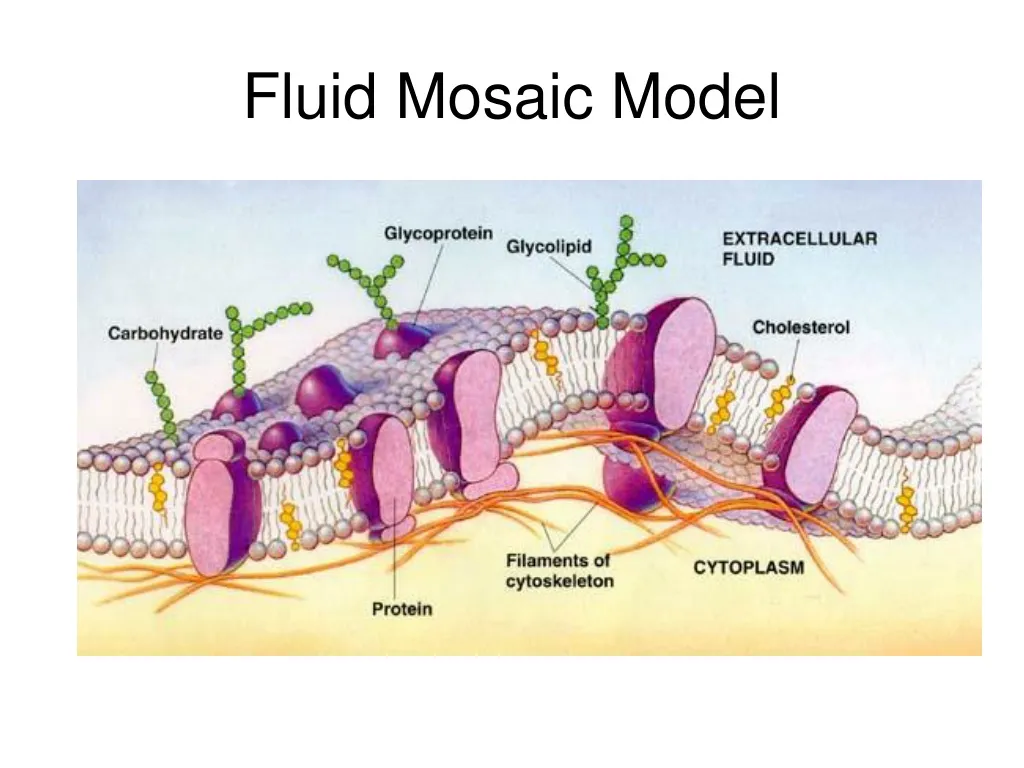
Both layers of the cell membrane have the hydrophilic heads facing outside and the hydrophobic tails facing inside of the bilayer.

In 1926, Gorter and Grendel performed experiments on hemolyzed RBC and decided that the RBCs were covered by two layers of lipid molecules over the complete cell surface.Įvery phospholipid molecule has a head that is hydrophilic (attracted to water, hydro = water philic = loving), and a tail that is hydrophobic (repulses water, hydro = water phobic = fearing). Overton hypothesized that the cell membrane comprised of a thin layer of lipid. He also speculated that outer cover of the membrane comprised of fats and sterols. He tried on numerous cells both from plants and animals and decided that these unique osmotic properties of living protoplasts are due to the selective solubility method of the membrane. In 1902, Overton suggested a fundamental model for the transfer of small neutral solutes. But Fluid mosaic model suggested by Singer and Nicolson is the most acknowledged of them all. Many authors have given different models and ideas for the presence and structure of cell membrane. From this, it can be assumed that the seepage is due to the rupture of the surrounding membrane. When the cell’s exterior part is punctured, protoplasm comes out.This is possible only due to the existence of some form of membrane encircling it. Animal cells occur as a physical entity even without a cell wall.

The presence of cell membrane in plant cells can be confirmed by the plasmolysis of plant cells in hypertonic solution.

The presence of cell membrane can be shown or understood by the points given below:


 0 kommentar(er)
0 kommentar(er)
